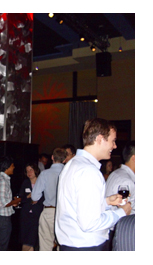Serious inquiries only
When applying to college in 2006, I wrote one of my short-answer essays on how “serious” a school Chicago is. At the time, I didn’t really know what that meant, and I didn’t really know if it was true. Last week’s International Symposium on Mathematical Programming (ISMP) provided further evidence that the University of Chicago takes that “serious” descriptor very seriously.
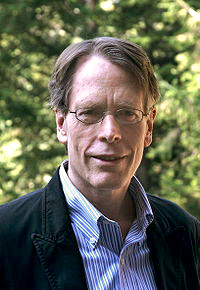 The event, a conglomerate of the world’s foremost mathematical minds, focuses on programming for optimal decision-making. On the practical level, that means how much fuel a car’s internal computer decides to use at a given time or how an airline prices each seat. Last week was the symposium’s 20th incarnation—it takes place once every three years—and, in addition to Chicago Booth’s sponsorship, it has deep Hyde Park roots.
The event, a conglomerate of the world’s foremost mathematical minds, focuses on programming for optimal decision-making. On the practical level, that means how much fuel a car’s internal computer decides to use at a given time or how an airline prices each seat. Last week was the symposium’s 20th incarnation—it takes place once every three years—and, in addition to Chicago Booth’s sponsorship, it has deep Hyde Park roots.
Advertised as the “60th Anniversary of the Zero-th Mathematical Programming Symposium,” the event celebrated the 1949 Activity Analysis of Production and Allocation meeting organized by University of Chicago researchers. Before that conference, few outside the military had heard of George Dantzig’s simplex method, an algorithm for solving linear-programming problems that allows for resource optimization.
Tjalling Koopmans, then a member of the University’s Cowles Commission for Research in Economics, planned that first meeting around Dantzig’s simplex method, bringing a group of 49 mathematicians, economists, and government workers to Hyde Park to discuss the algorithm’s implications. Most of the attendees had UChicago ties, and all five future Nobel laureates at the conference were associated with the University. Paul Samuelson, AB’35, who won the Nobel Prize for economics in 1970, presented on economic sustainability, while Herbert Simon, AB’36, PhD’43, the 1978 Nobel recipient, discussed technological change in a linear model.
Since then the ideas behind the symposium have remained mostly the same, focusing on optimization methodology, advances in the field, and applications across math, economics, and government. This year, Stephen P. Boyd of Stanford University was the week’s first plenary speaker, talking about Real-time Embedded Convex Optimization, while Berlin University’s Martin Skutella discussed network flows in Flows Over Time: Classical and More Recent Results.
I attended a talk by Lars Peter Hansen (shown above), the Homer J. Livingston distinguished service professor in economics, on Valuation in Dynamic Stochastic Economies, which examined long-range economic models. Again, I was reminded of my college entrance essay: as a humanities person, I’m not quite sure what “dynamic value decomposition” is, but I know it’s serious.
Jake Grubman, ’11
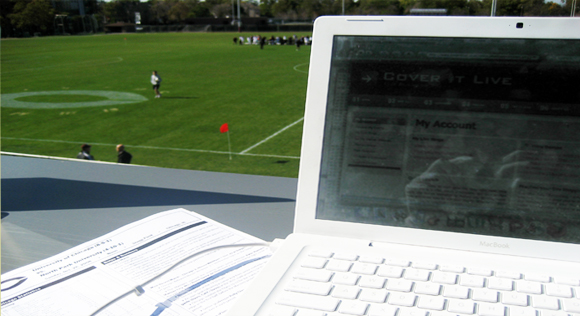
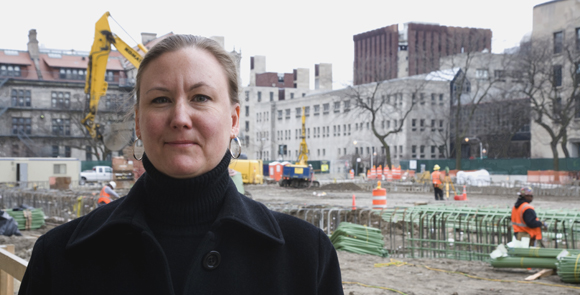
 How did you first become interested in book preservation?
How did you first become interested in book preservation? I grew up in Austin, Texas, and there is a program there (at UT-Austin) for preservation and conservation. When I was an undergraduate I knew people in the program. Years later I ended up back in Austin and thought, ‘I really liked that stuff; I’m going to look into it.’ I plucked up my courage, went and visited, and totally fell in love. I said, ‘Whatever it takes for me to get into this program, I will do it.’
I grew up in Austin, Texas, and there is a program there (at UT-Austin) for preservation and conservation. When I was an undergraduate I knew people in the program. Years later I ended up back in Austin and thought, ‘I really liked that stuff; I’m going to look into it.’ I plucked up my courage, went and visited, and totally fell in love. I said, ‘Whatever it takes for me to get into this program, I will do it.’
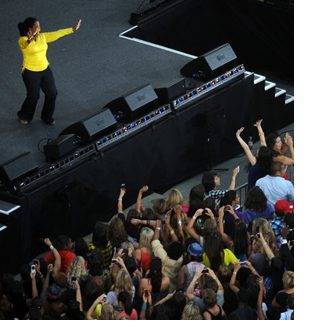 As a reporter, much of my job yesterday consisted of coming up with Oprah-related puns to begin this story. “Oprah-palooza.” Maybe something about “Chicag-O.” After seeing the final product Tuesday, anyone who was in downtown Chicago knows that this is truly the Winfrey City.
As a reporter, much of my job yesterday consisted of coming up with Oprah-related puns to begin this story. “Oprah-palooza.” Maybe something about “Chicag-O.” After seeing the final product Tuesday, anyone who was in downtown Chicago knows that this is truly the Winfrey City.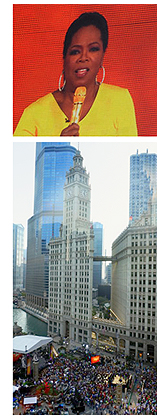 Toward Ohio Street, I saw several small groups of people practicing some kind of dance. I could tell these weren’t professional dancers, as their pants weren’t quite baggy enough, and their shoes weren’t quite fresh enough. No, these were just Oprah fans who knew people who knew people in the professional dance group that performed at the front of the crowd.
Toward Ohio Street, I saw several small groups of people practicing some kind of dance. I could tell these weren’t professional dancers, as their pants weren’t quite baggy enough, and their shoes weren’t quite fresh enough. No, these were just Oprah fans who knew people who knew people in the professional dance group that performed at the front of the crowd.
 Region I: Washington, DC
Region I: Washington, DC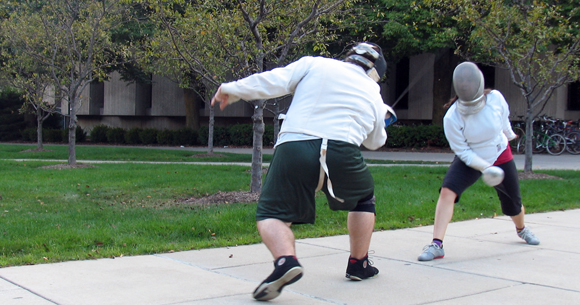

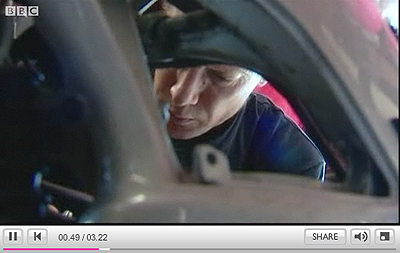

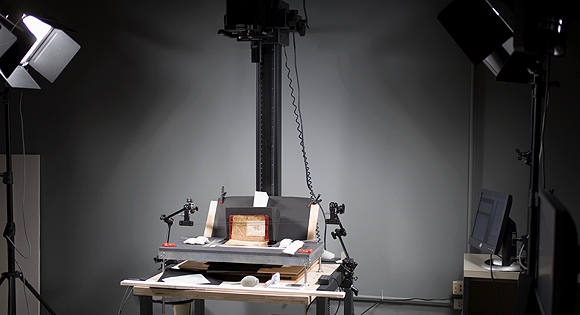
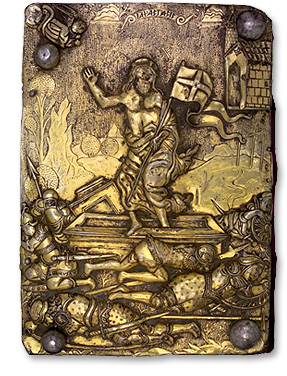
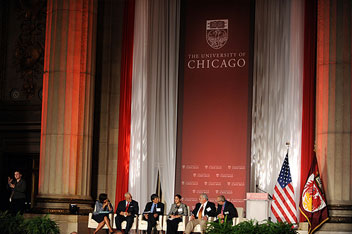 Good timing may be an understatement. When the University planned a September 10 event in Washington focusing on health care and education, administrators had no idea it would be the same week President Obama would give two hot-button speeches, one to kids about staying in school, the other to Congress about passing health-care reform.
Good timing may be an understatement. When the University planned a September 10 event in Washington focusing on health care and education, administrators had no idea it would be the same week President Obama would give two hot-button speeches, one to kids about staying in school, the other to Congress about passing health-care reform.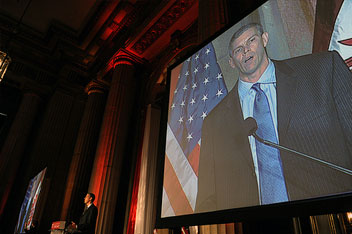 Panelist Gerard Clancy, president of the University of Oklahoma, Tulsa, and dean of its School of Community Medicine, noted that more insured citizens will require more physicians and nurses to care for them. Kavita Patel, director of policy for the White House Office of Public Engagement and Intergovernmental Affairs, added that to attract more students to medicine, the country has to forgive more loans and also “reform our perverse payment system,” currently based on medical tests administered, to “a community-based system, so doctors take care of people, not administrative details.”
Panelist Gerard Clancy, president of the University of Oklahoma, Tulsa, and dean of its School of Community Medicine, noted that more insured citizens will require more physicians and nurses to care for them. Kavita Patel, director of policy for the White House Office of Public Engagement and Intergovernmental Affairs, added that to attract more students to medicine, the country has to forgive more loans and also “reform our perverse payment system,” currently based on medical tests administered, to “a community-based system, so doctors take care of people, not administrative details.”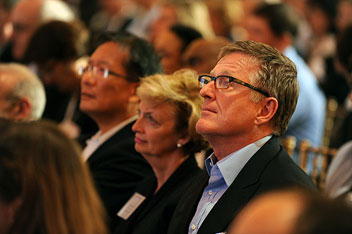 Ray Suarez, AM’92, senior correspondent for PBS’s NewsHour, led a panel discussion on higher education’s role in improving
Ray Suarez, AM’92, senior correspondent for PBS’s NewsHour, led a panel discussion on higher education’s role in improving 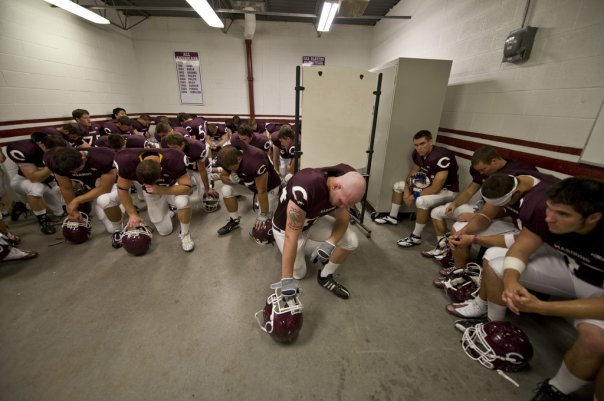

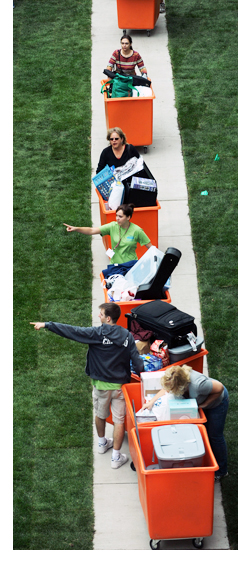
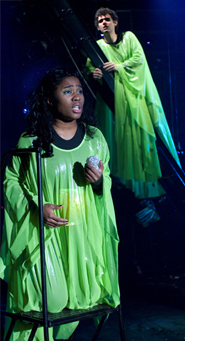
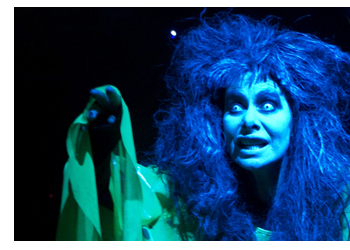
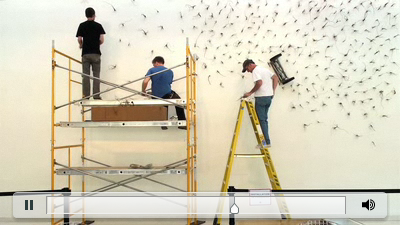
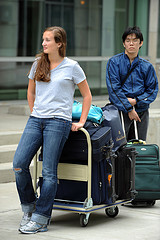
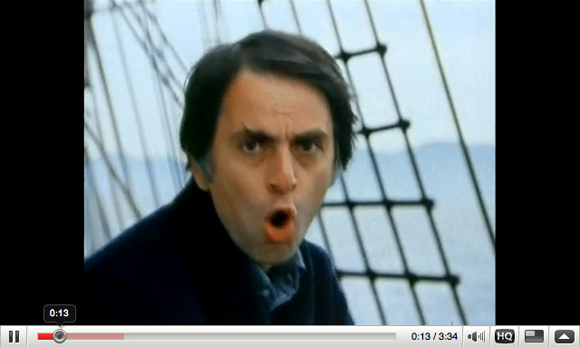
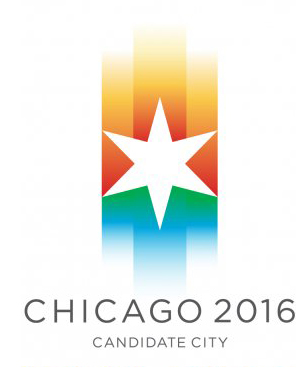 Sanderson is not against the Olympics in principle. “I’m not really pro or con," he said. "It’s sort of in the details,” which is where things tend to get sticky. The city's project cost overruns—he mentioned Millennium Park and the Dan Ryan reconstruction—have become a civic sport of their own. Combine that local “tradition” with the global impulse toward lavish spending on the Games, and the financial foundation seems less firm. After budgeting $4-5 billion for the 2004 Olympics, Athens ended up spending $14-18 billion, Sanderson said. London’s 2012 plans started at about the same level and have already surpassed $20 billion.
Sanderson is not against the Olympics in principle. “I’m not really pro or con," he said. "It’s sort of in the details,” which is where things tend to get sticky. The city's project cost overruns—he mentioned Millennium Park and the Dan Ryan reconstruction—have become a civic sport of their own. Combine that local “tradition” with the global impulse toward lavish spending on the Games, and the financial foundation seems less firm. After budgeting $4-5 billion for the 2004 Olympics, Athens ended up spending $14-18 billion, Sanderson said. London’s 2012 plans started at about the same level and have already surpassed $20 billion.